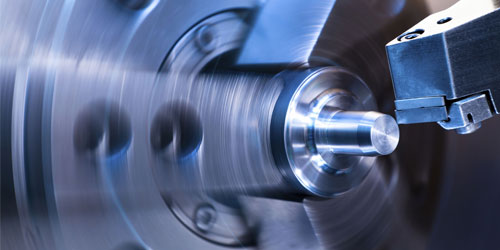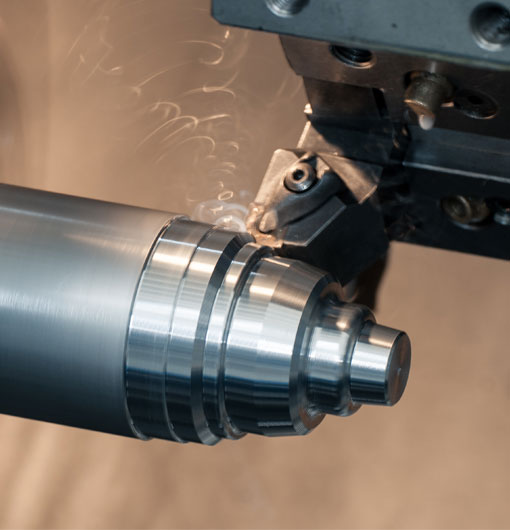CNC (Computer Numerical Control) turning is an essential process in the manufacturing industry. With these machines, precise control over cutting parameters is possible thanks to a programmed sequence of commands, and one of those key parameters is RPM (Revolutions Per Minute) – the speed at which the workpiece or spindle rotates. In this guide, we will delve into the steps you need to follow to accurately calculate the RPM in a CNC turning operation, ensuring both productivity and accuracy.
Understanding RPM
RPM is simply the measure of how many times an object rotates around an axis in one minute. In the context of CNC turning, RPM is vital, as it determines the cutting speed – the speed at which the cutting tool moves through the material. To achieve optimal results, it is crucial to find the right balance between high RPM (for increased productivity) and lower RPM (to avoid tool wear and potential damage).
The Cutting Data Formula
Before we begin calculating RPM in a CNC turning operation, it's essential to understand the formula that connects cutting speed, workpiece diameter, and RPM. The cutting data formula, used for calculating spindle speed, is as follows:
RPM = (Cutting Speed 1000) / (羽 Workpiece Diameter)
In this formula:
RPM = Revolutions Per Minute (the value we want to find)
Cutting Speed = The speed at which the cutting tool moves through the material (usually represented in meters per minute)
Workpiece Diameter = The diameter of the workpiece being machined (usually in millimeters)
羽 (pi) > 3.14159 (a mathematical constant)
Before calculating the RPM, make sure you have the correct cutting speed value for the specific material you'll be working on. The cutting speeds for various materials can be found in machining handbooks, tooling catalogs, or specialized charts provided by tool manufacturers.
Calculating RPM in CNC Turning
Now let's go through an example to demonstrate how to calculate the RPM in a CNC turning operation step by step:
1. Determine the cutting speed for the material you're working with. Let's say we're turning a steel workpiece, which has a recommended cutting speed of 120 meters per minute.
2. Measure the diameter of the workpiece being machined. In this example, our workpiece has a diameter of 50 millimeters.
3. Plug the values into the cutting data formula:
RPM = (Cutting Speed 1000) / (羽 Workpiece Diameter)RPM = (120 1000) / (3.14159 50) RPM > 764
Thus, our spindle should be set to approximately 764 RPM to achieve optimal machining for this particular workpiece and material.
Keep in mind that other factors might affect the optimal RPM value, such as tooling and machine specifications, machining conditions, and operator experience. It's essential to make adjustments based on your specific situation to ensure the best results.
Advanced RPM Considerations
While the standard cutting data formula is an excellent starting point for calculating RPM, there are more advanced techniques and strategies that can help you achieve even better results. Some of these include:
Constant Surface Speed (CSS): This strategy adjusts the RPM during machining, maintaining a constant cutting speed as the diameter of the workpiece changes.
Optimum Machining Data (OMD): Some tool manufacturers provide OMD, specific cutting speeds and feeds calculated for maximum productivity and tool life, according to the tool and material being used.
Adaptive Machining: Modern CNC machines can use adaptive machining strategies, where the system automatically adjusts the RPM and other cutting parameters based on real-time feedback and pre-set conditions to maximize performance.
Understanding the basic cutting data formula for RPM is essential for any CNC machinist. However, incorporating advanced calculations and strategies for spindle speed and other cutting parameters can help you remain competitive and achieve the best possible machining results. As you gain more experience and work with a broader range of materials and tooling, you'll develop the insight and skills needed to elevate your CNC turning performance to an even higher level. Remember, practice and continued learning are the keys to mastering the art of CNC turning.
how to calculate rpm in cnc turning













